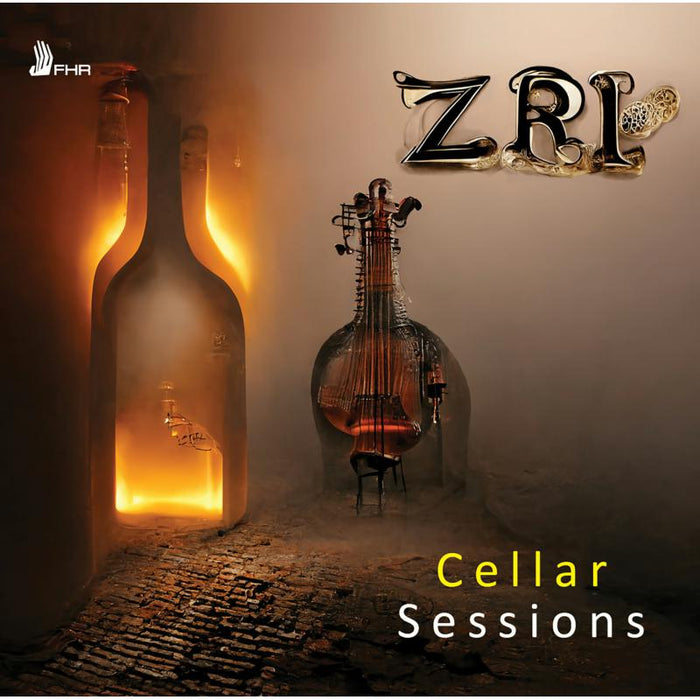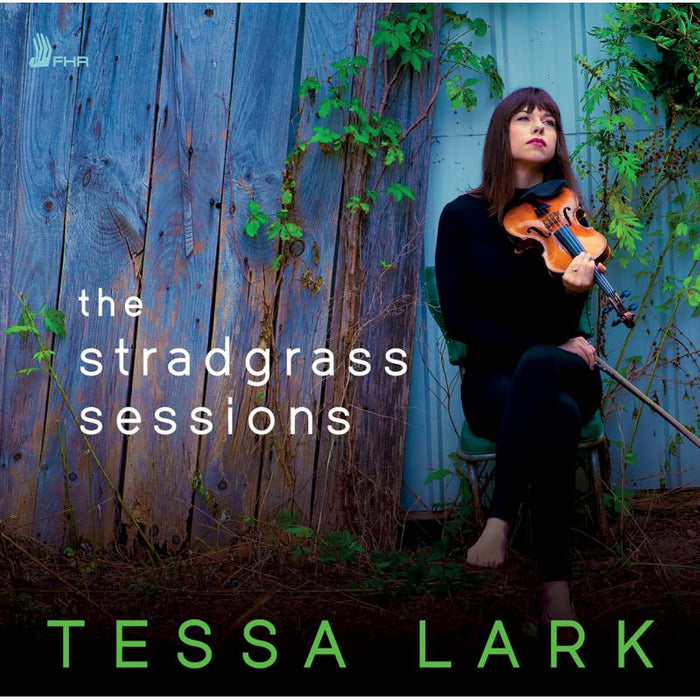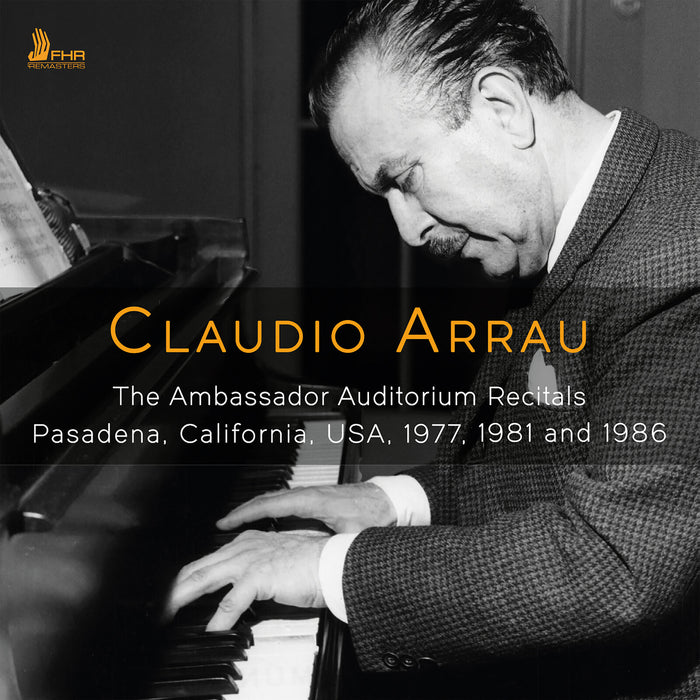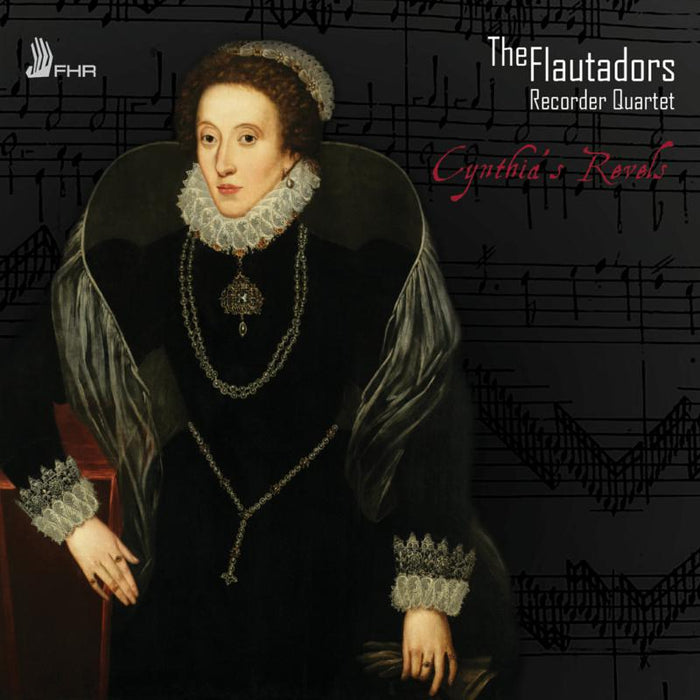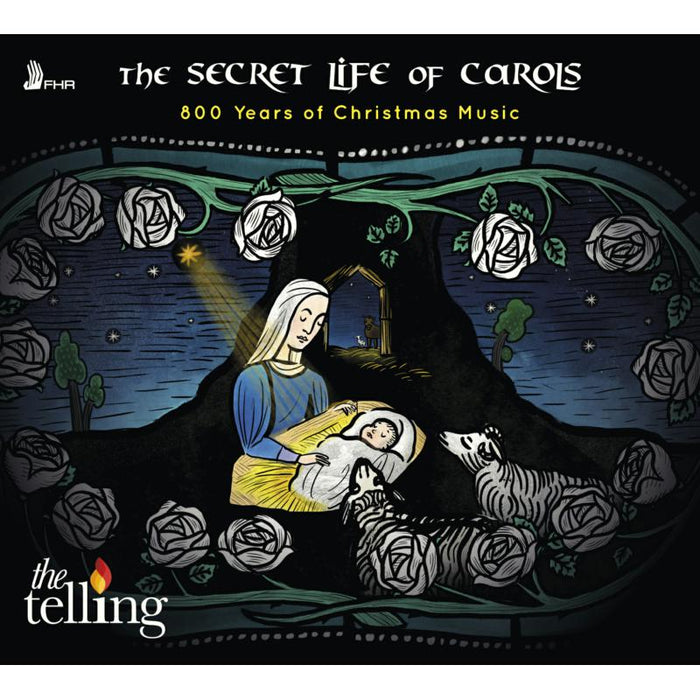Description
In the 18th century, Europe experienced a profound musical transformation from the Baroque to the Classical period. At the centre of this period stands Carl Philipp Emanuel Bach, emerging as a fascinating and highly influential figure in music history, embodying the transition from the Baroque to the Classical and Romantic periods.
Throughout his life, C.P.E. Bach composed over three hundred keyboard works. His foray into organ music was significantly influenced by his association with Princess Anna Amalia of Prussia (1723-1787), sister of his employer King Frederick and recognised as one of the most enthusiastic collectors, performers, and composers among the women of the 18th century. The princess, had an organ installed in her living room to immerse herself in the 'learned style' epitomised by Bach's father. It cannot be coincidence that the first four of Bach's five organ sonatas were composed in 1755, the same year Amalia's organ was installed. These compositions represent a departure from traditional forms, emphasising an expansive expressive range and harmonic innovation. Only the five sonatas listed in Bach's own catalogue have been included in this recording. Amidst the flourishing creativity of the Classical period, a fascination with mechanical music swept across Europe. Esteemed composers such as Joseph Haydn and Wolfgang Amadeus Mozart embraced this trend, creating compositions that enhanced both public and private musical experiences.
'His constant readiness to spring musical surprises is evident in this series of works from the 1750s. The wonderful bite Robert Costin brings to the opening of the Sonata in D major – exploiting some quite scrunchy registrations on the organ of Sherborne Abbey – might seem typically Classical, but for all the grandeur here there are also unsettling rhythmic shifts in the third movement.' – BBC Music Magazine (4 stars)


